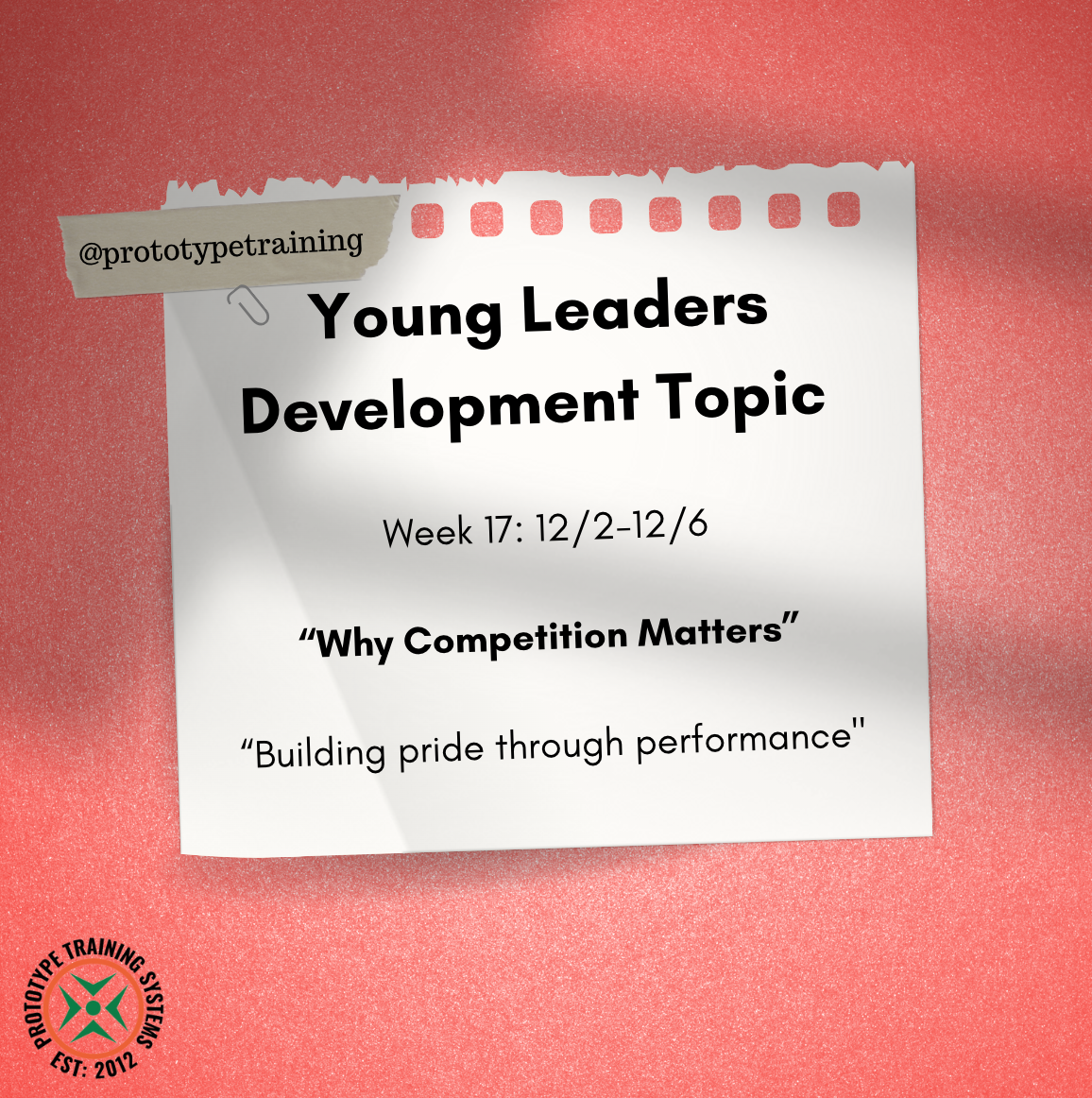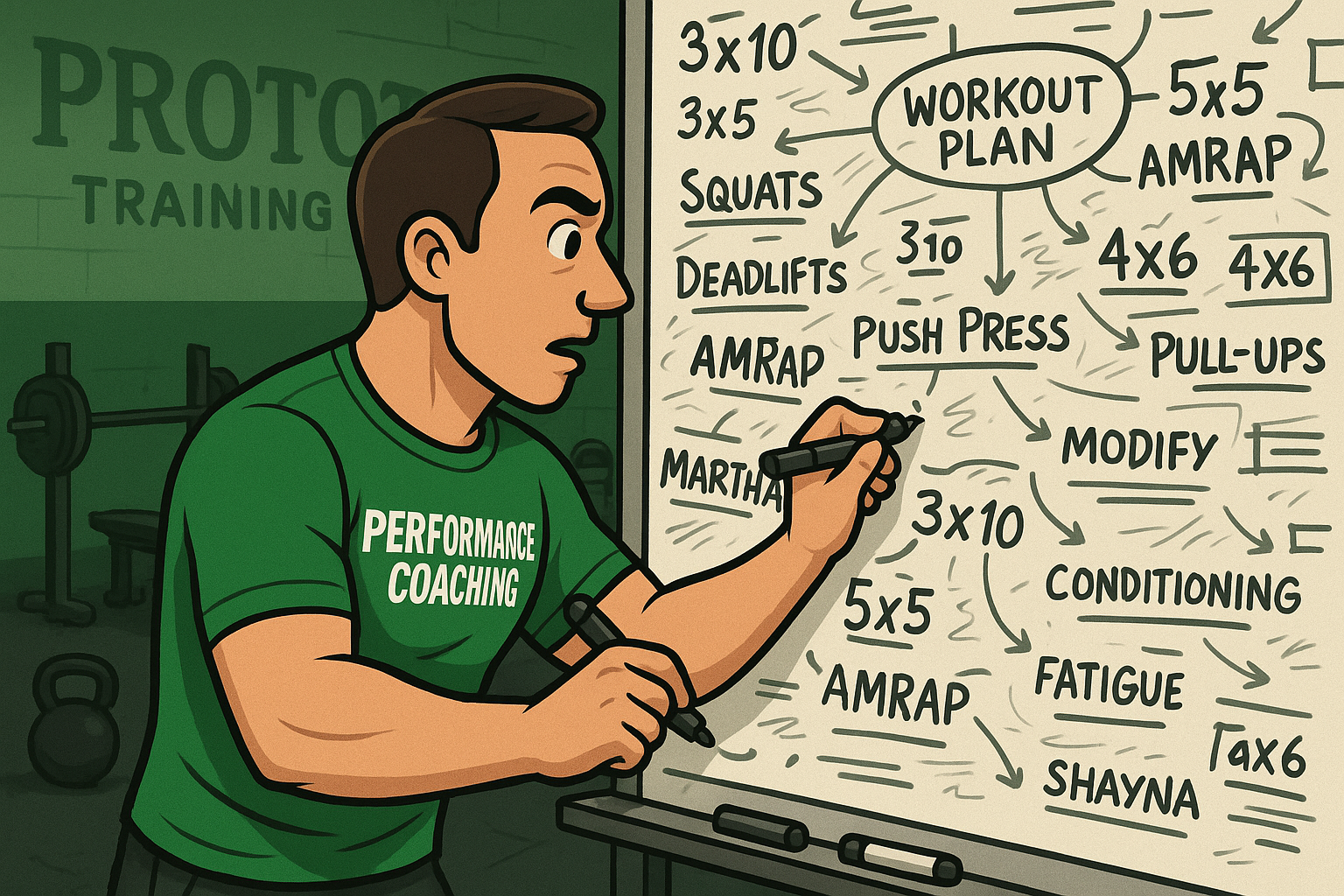Your new gym: What does it look like?
After this current pandemic, many people are finding themselves in one of four situations;
- You have concerns about returning to your previous gym due to safety concerns.
- You haven’t been exercising and this pandemic has shown you how important it is to start to make your health and fitness a priority.
- You’ve been exercising differently than you previously had (maybe virtual classes or training) and you want to do that going forward.
- Nothing has changed. (least likely scenario!)
I’ve owned my gym since 2012 and have been in the personal training and coaching field for over 10 years. There’s a lot of different gyms out there. I’m going to do my best to explain the 3 most common options there are with the intent of helping you gain insight into the upsides and downsides.
Don’t worry, this isn’t going to be me telling you why our gym is the best and everyone should go there. It’s not for everyone, nor do we want everyone.
Here are 3 types of gym options/memberships;
- Big Access Gyms
–
Think Planet Fitness, Gold’s Gym, YMCA, or similar. These gyms have low ($10-40/mon) “access” fees. They usually involve a lengthy contract and offer very little help once you join. There are endless rows of cardio equipment and plenty of free weights and machines. Some of these gyms may include large group classes of 20+ members. If low cost and little direction is your “thing”; this may be a good fit for you. That’s not a bad thing, however, this style of gym is usually best suited for a very motivated gym-goer who doesn’t require much oversight, help, or accountability. Remember, there is evidence and studies out there that can confirm that people with this style of gym membership go less than once per week and 25% of these people attend less than once per month. Another bright side, if you’re a person who exercises regularly, your membership is being subsidized by another ten people who don’t. - “Boot Camps”
–
Here is where businesses like Orange Theory, Burn Boot Camp, Fit Body Boot Camp would fall in. These gyms will have a higher price point than Big Access Gyms ($99-199/mon). They almost always have an initial offer of 2-4 weeks free, to help get you in the door.
The biggest complaint I hear from people that leave these kinds of places is the classes are too large or there is not enough individual attention towards the member’s needs and goals. Getting started at these facilities is a relatively simple process and once you’ve joined, you can start jumping into classes immediately.
The main surprise here, in my opinion, is that short of selling their branded supplements, most of these places do not offer any kind of individualized nutrition coaching program.
All in all, these kinds of gyms are super popular and do a good job motivating people to make a change.
- The “Wellness” Center- There is a growing trend in fitness to collaborate with other health and fitness professionals in effort to offer more to their clientele. At facilities like these, you may see personal trainers, massage therapists, chiropractors, physical therapists, nutrition coaches, fitness coaches, specialized coaches, and others all working together as a team, to best meet the client’s needs.
At these facilities (like ours), memberships usually start with a conversation. We need to start with a conversation to learn the client’s needs and goals first. From that discussion, we prescribe options for the best way to reach their goals. This may include one on one personal training, individualized nutrition coaching and/or some group classes.
If injuries are a concern, or the client is recovering from a surgery, membership options may include treatment with a doctor or massage therapist.
The benefits of a set up like this, is that it allows the client to work with a team, so that the professionals can discuss potential pitfalls and keep open communication to best meet the needs of the individual client. Most clients appreciate the ability to have much of their healthcare needs under one roof and convenient for them in regards to travel.
Facilities like these would likely have monthly rates starting at approximately $150 and going up to $1000+ if they include personal training, nutrition, or other programs. For some, this just doesn’t fit into their budget however, for those that need it, the recommendation for what is best for that individual will still be transparent.
Depending on the individual and their specific needs, each of these 3 options can be beneficial. The truth is that none of these options work if you cannot show up consistently. The best facilities in the world, with all the top professionals and equipment, don’t matter if you’re not willing to show up.
So what does your gym look like when you return? Are you changing things up? Are you going to go back to your new routine? Let me know, happy to help further!
The post Your new gym: What does it look like? appeared first on Prototype Training Systems.
Previous Blogs


Climb to New Heights
Prototype Training Systems is more than a gym - it is a lifestyle. Join us today!


